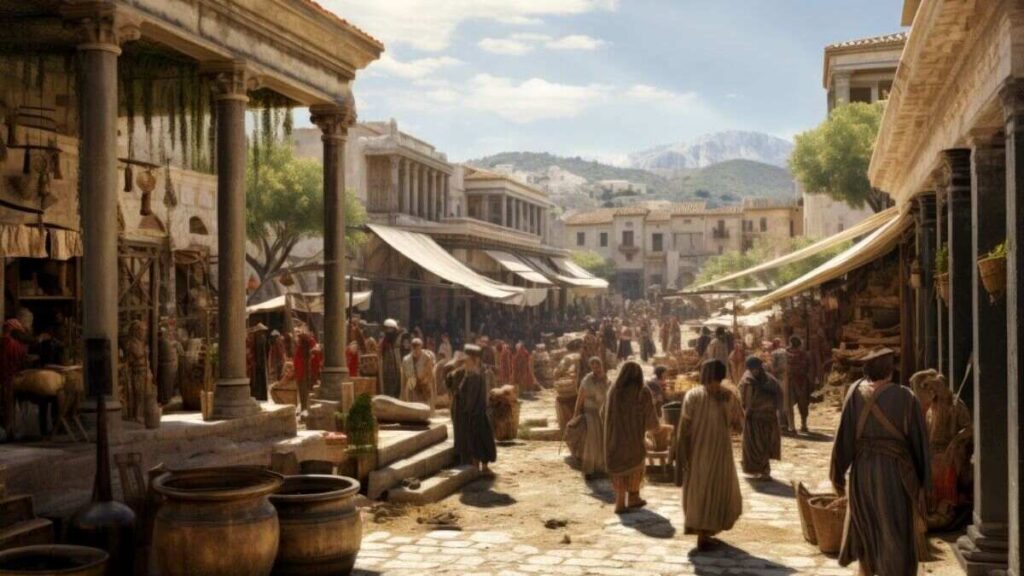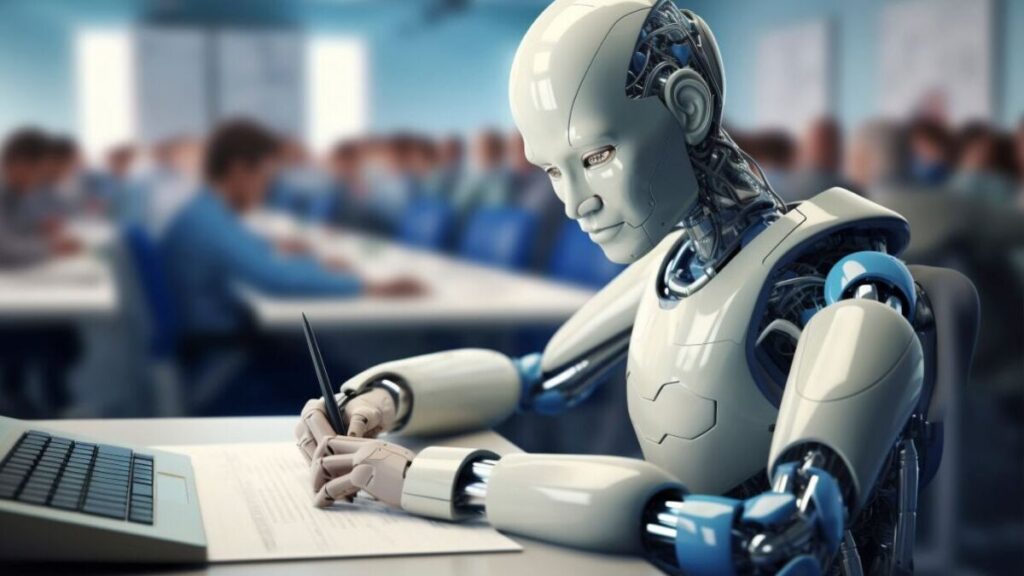Introduction
Ever sat in history class and thought, “Something is missing here”? You’re not alone. The truth is, many historical events—ones that could drastically shift how we view the world—never make it into our school textbooks. These aren’t minor footnotes. They’re significant, often disturbing parts of our past that got swept under the rug. Why? Because history, as taught in schools, isn’t just about facts—it’s about narratives. And narratives are carefully crafted.
- Introduction
- The Tulsa Race Massacre (1921)
- The U.S. Coup in Iran (1953)
- The Philippine-American War (1899–1902)
- The Indian Boarding Schools in America
- The Massacre at Wounded Knee (1890)
- The Haitian Revolution (1791–1804)
- Black Wall Street and Other Suppressed Economies
- COINTELPRO and the Civil Rights Movement
- The Japanese American Internment Camps (1942–1945)
- CIA's MK-Ultra Program
- The Dangers of Erasing History
- How to Learn the Untold Truths
- Conclusion
Let’s be real: when it comes to teaching kids, some governments and institutions would rather keep things tidy and patriotic. That means war crimes, political sabotage, racial violence, and failed policies often go “unmentioned.” This selective storytelling paints a version of history that feels clean, justified, and even heroic. But behind that polished facade lie stories of resilience, rebellion, oppression, and injustice.
This article is a wake-up call. We’re digging into 10 historical events that were intentionally left out of your history books. These aren’t conspiracy theories—they’re real, documented incidents that have shaped the modern world. From racially charged massacres to covert CIA missions, these erased moments deserve their rightful place in our collective memory.
The Tulsa Race Massacre (1921)
Picture this: a wealthy Black neighborhood nicknamed “Black Wall Street,” full of thriving businesses, professionals, and pride. Then, in less than 24 hours, it was burned to the ground. That was Greenwood, a district in Tulsa, Oklahoma. In 1921, a white mob, incited by false accusations against a young Black man, attacked this community. The violence resulted in hundreds of deaths and left thousands homeless. Airplanes were even used to drop firebombs—something you rarely hear in school.
This was more than a riot. It was a massacre—government-backed and media-silenced. For decades, the incident was left out of history books. Survivors were told to forget, and the city quietly moved on. No reparations. No justice. Just silence.
Why was it erased? Because it shattered the myth of American progress. It showed what happens when a Black community dares to succeed. It exposed systemic racism not just in social life, but in governance, law enforcement, and the media.
Today, thanks to the work of activists, educators, and historians, the Tulsa Race Massacre is gaining recognition. But its long-term exclusion left generations unaware of a major historical event that should’ve changed the nation’s racial discourse.
The U.S. Coup in Iran (1953)
In 1953, Iran had a democratically elected Prime Minister—Mohammad Mossadegh. He wanted to nationalize the country’s oil, which meant kicking out British oil companies. Britain wasn’t happy, and neither was the U.S., worried about communism creeping into the region. So what did they do? The CIA launched Operation Ajax, orchestrating a coup to overthrow Mossadegh and reinstall the Shah, a U.S.-friendly monarch.
The event drastically altered Iran’s political landscape and set the stage for decades of anti-American sentiment, eventually leading to the 1979 Iranian Revolution. But if you went to school in the U.S., chances are you never heard of this historical event. It’s barely mentioned, if at all.
Why? Because it contradicts the image of the U.S. as a promoter of democracy. It highlights hypocrisy in foreign policy—preaching liberty abroad while toppling elected governments for economic gain. Erasing it also makes it easier to portray Middle Eastern nations as “unstable” without acknowledging foreign interference.
This single historical event caused ripple effects that are still felt today, from strained U.S.-Iran relations to the instability of the region. Leaving it out of textbooks keeps citizens in the dark about their own country’s global role.
The Philippine-American War (1899–1902)
The Philippines was claimed as a colony by the United States following its victory over Spain in 1898. But Filipinos had just fought for independence from Spain—they weren’t about to accept a new colonial master. What followed was a brutal war that most Americans have never heard about.
Over 200,000 Filipinos died, many of them civilians. Villages were burned, civilians tortured, and prisoners executed. The war saw atrocities that mirror the worst of colonialism. Under the command of General Jacob Smith, his soldiers were to transform a specific region into a “howling wilderness.”
Yet, this war is barely mentioned in American schools. Why? Because it’s an uncomfortable truth. It reveals that the U.S., often portrayed as a liberator, acted like any other imperial power. That narrative doesn’t fit well in a patriotic curriculum.
Ignoring this historical event erases the sacrifices of a people who resisted colonization. It also prevents Americans from understanding the roots of modern Philippine-U.S. relations, which are still shaped by the trauma of war and occupation.
The Indian Boarding Schools in America
Imagine being a child taken from your family, stripped of your language, culture, and identity—all in the name of “civilizing” you. That was the reality for thousands of Native American children forced into boarding schools across the U.S. from the late 1800s to the 1970s.
The motto? “Kill the Indian, save the man.” Kids were punished for speaking their native languages. Many were abused. Some died and were buried in unmarked graves. This wasn’t just education—it was cultural genocide.
So why don’t we learn about this in schools? Because it exposes a deep, ongoing wound in American history. These historical events show that assimilation was not benevolent—it was brutal. Acknowledging them means reckoning with genocide on U.S. soil.
Today, survivors and descendants are speaking out, and investigations are uncovering mass graves. But for decades, these stories were hidden. It’s time they were taught—loudly and as part of American history, not a footnote in Native studies.
The Massacre at Wounded Knee (1890)
Wounded Knee wasn’t just a tragedy—it was a deliberate act of violence. In December 1890, U.S. troops surrounded a Lakota encampment at Wounded Knee Creek in South Dakota. After a tense standoff, soldiers opened fire. Within minutes, over 250 Native men, women, and children were dead.
Armed Native resistance ended with the massacre. It also symbolized the U.S. government’s total domination over indigenous lands and cultures. Shockingly, some soldiers received Medals of Honor for this massacre—an act still protested today.
And yet, few students are taught about Wounded Knee. Why? Because it undercuts the narrative of “Manifest Destiny” as a righteous journey. It forces a hard look at military violence and genocide—something many educators aren’t equipped or willing to address.
This historical event remains a powerful symbol for indigenous rights movements. Its erasure is not just about forgetting—it’s about control. Controlling how we view America’s past influences how we act in the present.
The Haitian Revolution (1791–1804)
Now, here’s a historical event that completely rewrote the rules—and yet, somehow, it barely makes it into textbooks. The first and only successful slave uprising in contemporary history was the Haitian Revolution. Enslaved Africans in the French colony of Saint-Domingue rose, defeated one of Europe’s most powerful armies, and declared independence, creating the first Black republic.
Led by iconic figures like Toussaint Louverture and Jean-Jacques Dessalines, Haitians didn’t just fight back—they dismantled an entire colonial system. They sent shockwaves through slave-holding nations, especially the U.S., which feared similar uprisings at home. That fear is one big reason why this powerful historical event gets skipped over in classrooms.
Instead of being celebrated for their courage and resilience, Haitians were economically isolated and politically punished by Western powers, including France and the U.S. That isolation devastated the country and shaped Haiti’s struggles for centuries to come.
Why erase this? The Haitian Revolution challenges white supremacy, colonial narratives, and imperialist logic. It shows that enslaved people weren’t passive victims—they were fierce revolutionaries. Teaching this would require confronting uncomfortable truths about how freedom was—and still is—selectively granted.
Black Wall Street and Other Suppressed Economies
Most of us learn about the Great Depression or the Industrial Revolution in history class. But how often do you hear about Black Wall Street in Tulsa before it was burned down in 1921? Or the prosperous Black communities in Rosewood, Florida, and Wilmington, North Carolina, that were destroyed by racist mobs and political coups?
These thriving Black economies were testaments to self-sufficiency, entrepreneurship, and community power. But because they didn’t fit into the narrative of Black dependency or victimhood, they were wiped out—both physically and from the record.
In each of these cases, what followed wasn’t just destruction—it was silence. Generations were robbed of wealth, opportunity, and legacy. And the perpetrators? Rarely held accountable. This is economic erasure, and it’s one of the most chilling aspects of ignored historical events.
Why weren’t we taught this? It exposes systemic racism in economic policy and social structure. It challenges the idea that poverty in marginalized communities is due to laziness or bad choices, instead of deliberate dismantling.
Reviving these stories isn’t just about the past—it’s about justice. It’s about restoring narratives of Black excellence that have been buried under ashes and lies.
COINTELPRO and the Civil Rights Movement
Most likely, you’ve heard of Malcolm X, the Black Panthers, or Martin Luther King Jr., but did you know they were watched, harassed, and even sabotaged by the FBI? That’s the untold story of COINTELPRO—short for Counter Intelligence Program—a secret FBI operation designed to “neutralize” civil rights leaders during the 1950s to the 1970s.
The FBI’s documents admit to using illegal wiretaps, blackmail, and disinformation to create division among activists. MLK was sent anonymous letters encouraging him to commit suicide. The Black Panther Party was painted as a domestic terror group, despite many of its programs being community-oriented, like free breakfasts for kids.
Why does this historical event get buried? Because it contradicts the story of American democracy peacefully evolving through civil discourse. It shows the government actively working against its citizens for daring to demand equality. It also reveals how racial justice movements were treated as threats, not partners.
Today, the legacy of COINTELPRO lives on in public mistrust and surveillance culture. But schools barely touch this topic. It’s time they do—because understanding COINTELPRO is key to understanding modern civil rights struggles.
The Japanese American Internment Camps (1942–1945)
In the aftermath of Pearl Harbor, fear turned into racism, and racism into policy. Executive Order 9066, which President Franklin D. Roosevelt signed, forced more than 120,000 Japanese Americans into internment camps. These were not criminals. Most were U.S. citizens. Their only “crime” was their heritage.
Life in the camps was harsh. Families lived in makeshift barracks surrounded by barbed wire. They lost homes, jobs, and dignity. Some never recovered economically or emotionally. Yet, for years, this massive civil rights violation was treated as a necessary wartime measure, if it was taught at all.
Why does this historical event get glossed over? Because it tarnishes the image of the U.S. as a beacon of freedom. It also forces a discussion on racial profiling, fear-based policies, and constitutional violations—topics that make people uncomfortable.
Only decades later did survivors receive a formal apology and reparations, and even then, public understanding remains shallow. Teaching this moment fully means confronting how quickly fear can override rights—and how history can repeat if we’re not vigilant.
CIA’s MK-Ultra Program
If you’ve ever heard whispers about mind control experiments, they probably trace back to one of the most bizarre and disturbing historical events in American history—Project MK-Ultra. The CIA carried out a number of covert tests on unwitting Americans to investigate mind control techniques between the 1950s and the beginning of the 1970s. Doesn’t that sound like science fiction? It’s not. It’s real. And it’s been verified.
Subjects were dosed with LSD without their consent. Some were isolated, hypnotized, or psychologically tortured. The idea was to develop interrogation techniques for Cold War purposes. But things got out of hand—one man reportedly jumped to his death after being unknowingly drugged.
For years, the program was denied. Only after public hearings in the 1970s did the truth emerge. But even then, many documents were destroyed, and the full scope remains unknown. Schools don’t teach this historical event because it undermines the trust we’re taught to have in government institutions.
MK-Ultra represents the dark underbelly of American intelligence history. Its erasure isn’t about forgetting—it’s about avoiding accountability. It also warns us of what happens when secrecy and power go unchecked. If we don’t teach these historical events, we risk repeating them.
The Dangers of Erasing History
When we talk about history being erased, we’re not just talking about forgotten facts—we’re talking about shaping reality. The selective teaching of historical events doesn’t just change how we understand the past; it changes how we act in the present and build the future.
What happens when students grow up without knowing about the Tulsa Race Massacre or COINTELPRO? They don’t see the roots of systemic racism. They don’t understand the deep scars behind social movements. Worse, they believe myths, like the idea that the U.S. has always been fair, free, and just. That kind of thinking creates citizens who aren’t equipped to challenge injustice because they don’t recognize it when they see it.
Erasing historical events also steals power from communities whose stories deserve to be told. It denies their suffering and silences their resilience. It makes it harder to build empathy and solidarity across racial and cultural lines.
History is not just dates and documents. It’s memory, identity, and truth. When schools erase parts of history, they’re not simplifying the past—they’re distorting it. And that has serious consequences for democracy, justice, and human dignity.
How to Learn the Untold Truths
So, what can you do if your school didn’t cover these erased historical events? Don’t worry—you’re not stuck in ignorance. The truth is out there, and there’s a step-by-step way to uncover it.
- Start with books: Look for works by historians who specialize in marginalized histories. Authors like Howard Zinn, Roxanne Dunbar-Ortiz, and Ibram X. Kendi are great places to start.
- Use credible online archives: Websites like the National Archives, Library of Congress, or Stanford’s digital collections often hold declassified documents and oral histories.
- Watch documentaries: Sometimes, visual storytelling hits harder. Check out films like 13th, The Black Panthers: Vanguard of the Revolution, or Exterminate All the Brutes.
- Talk to your elders: Personal stories can reveal local historical events that were never written down. Ask questions. Listen deeply.
- Support curriculum reform: Get involved in local school boards or advocacy groups pushing for more inclusive history education.
- Stay curious: Keep asking, “What’s missing?” Dig into the footnotes. Follow the untold stories.
Remember, reclaiming history isn’t just academic—it’s revolutionary. When you learn what was erased, you gain the tools to change what comes next.
Conclusion
The pages of history are full of stories—some told loudly, others hidden in silence. The ten historical events we’ve explored here were buried not because they were unimportant, but because they were too powerful, too painful, or too inconvenient. But ignoring them doesn’t erase their impact. It only leaves us more vulnerable to ignorance, prejudice, and manipulation.
Education should be about truth, not comfort. It should empower, not pacify. And while textbooks may skip these historical events, we don’t have to. We can dig deeper, learn more, and share what we find.
Let’s be the generation that demands a full, honest reckoning with the past. Because the only way to create a just future is to confront the truth, no matter how uncomfortable it is.


